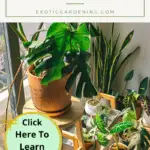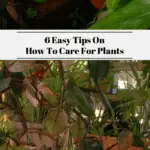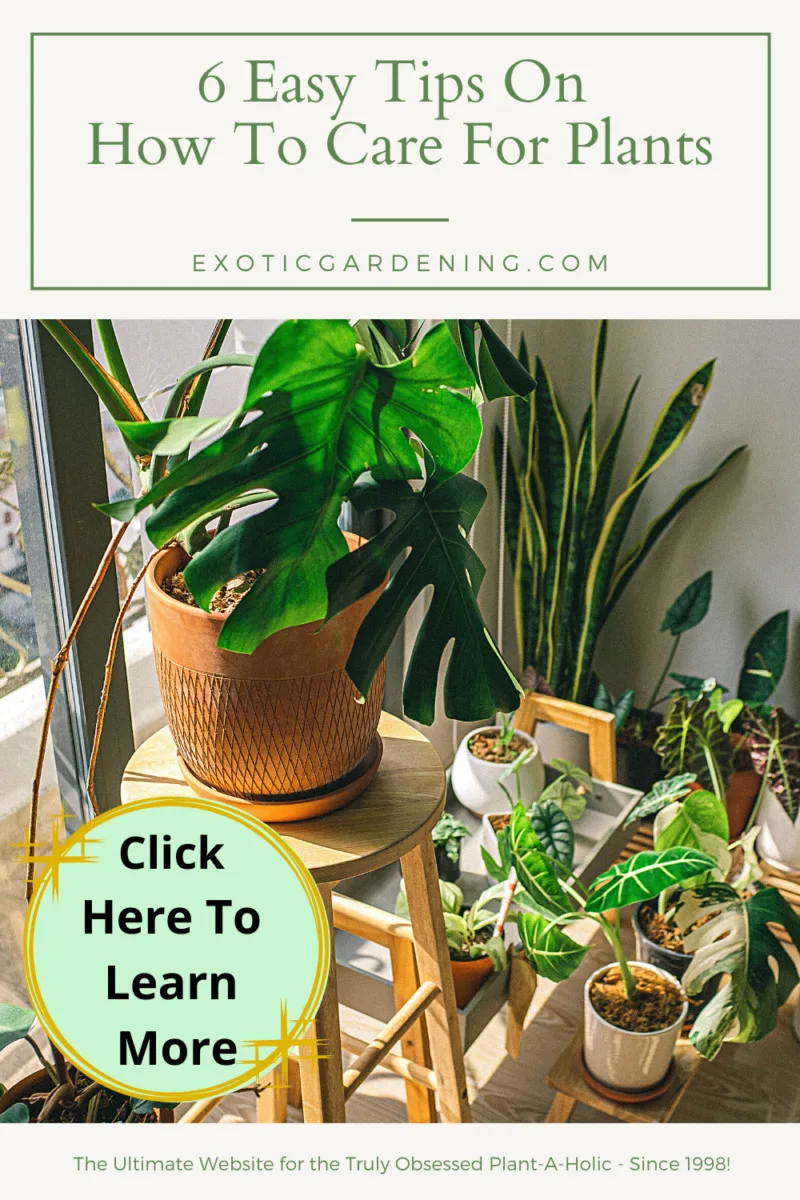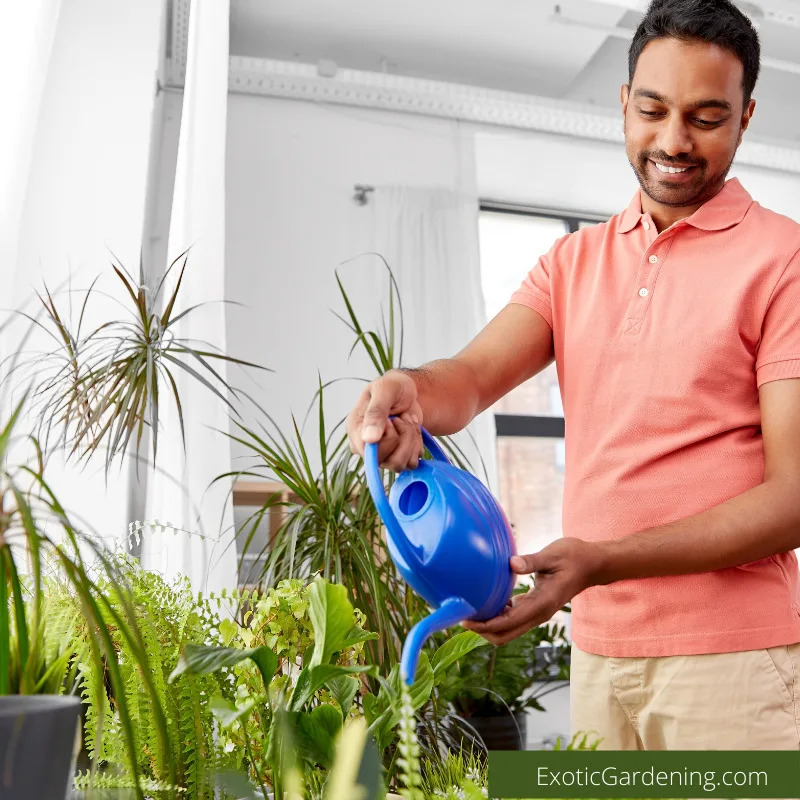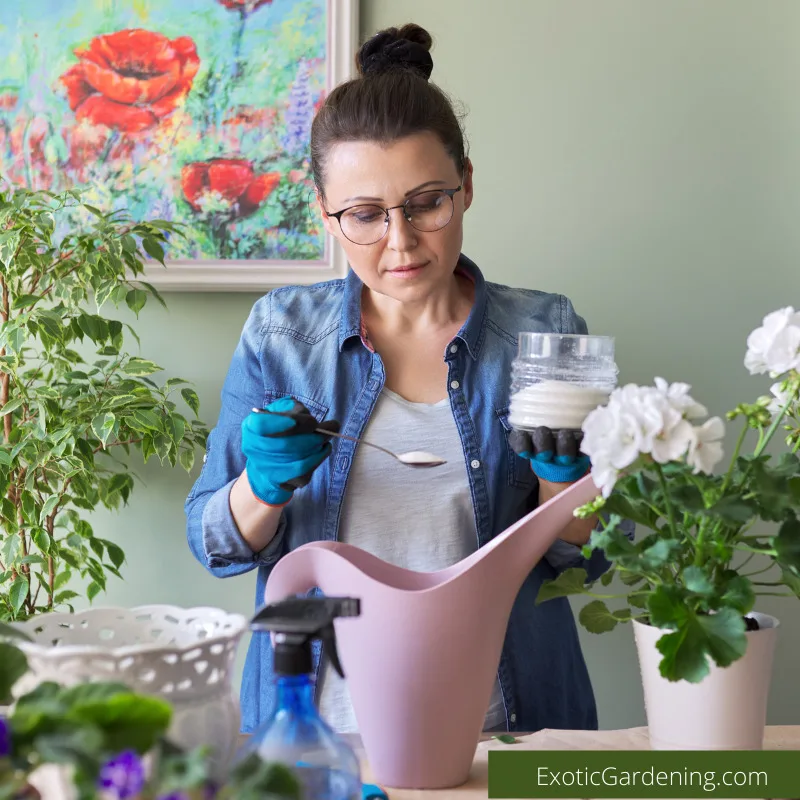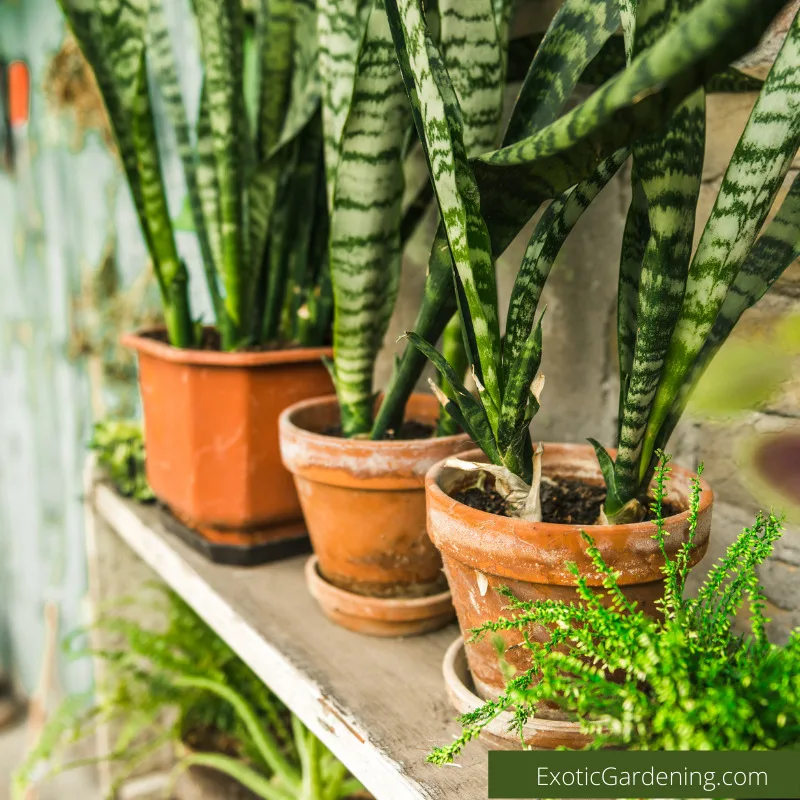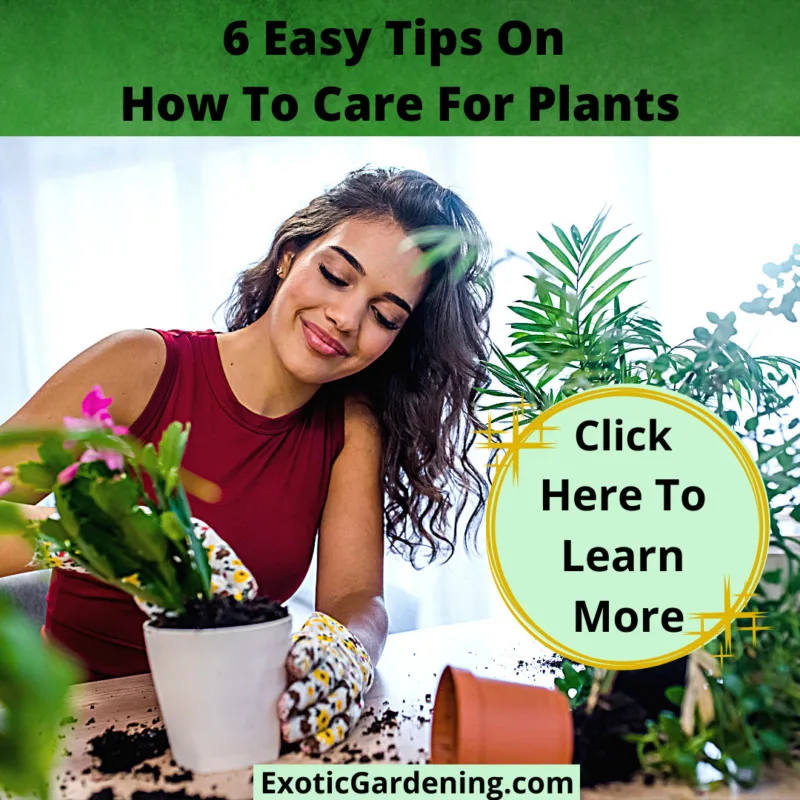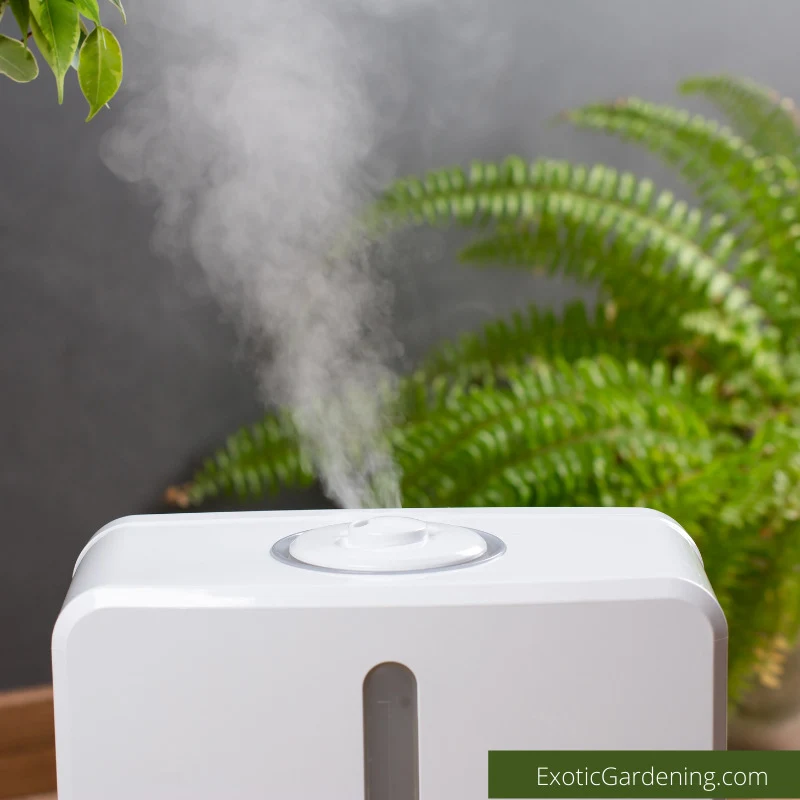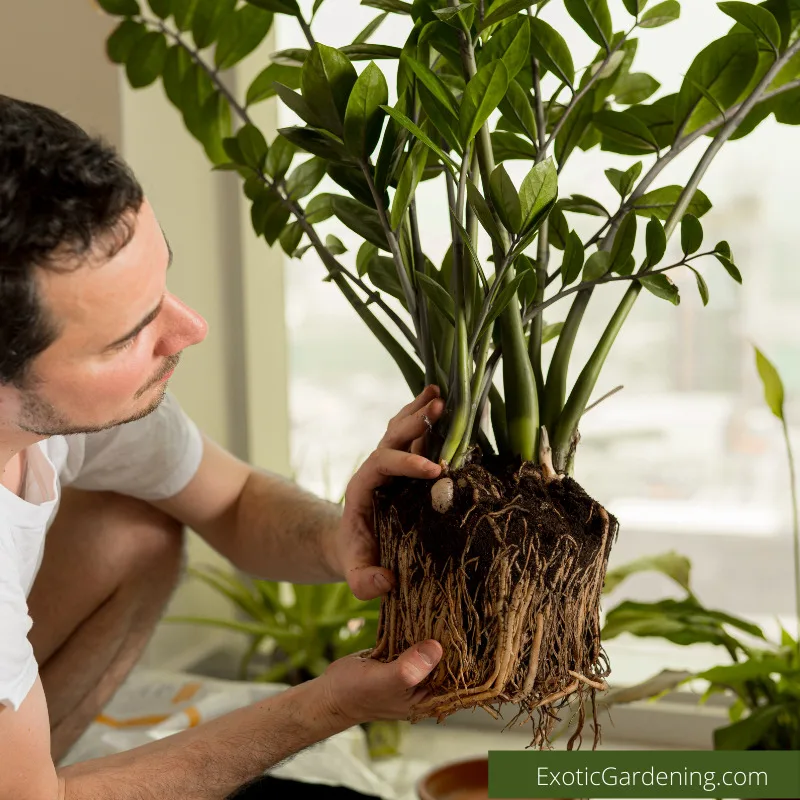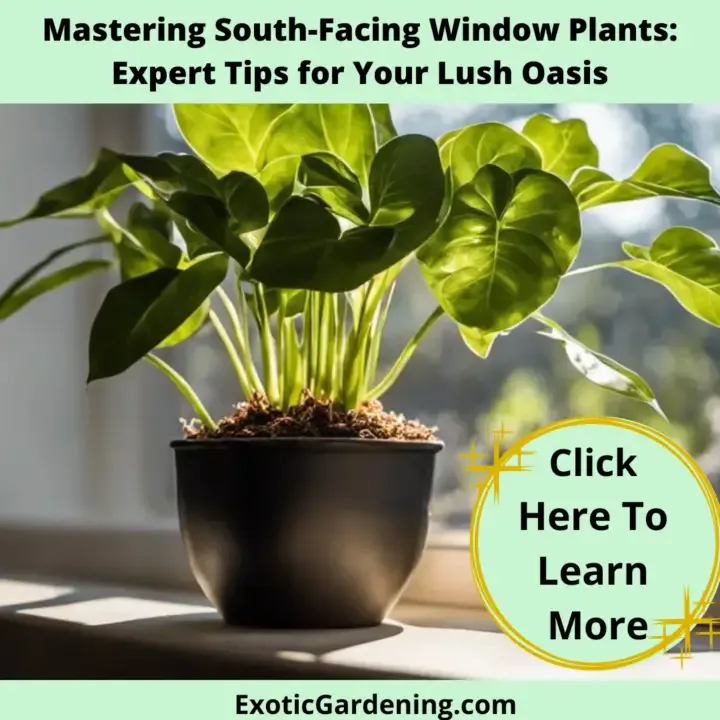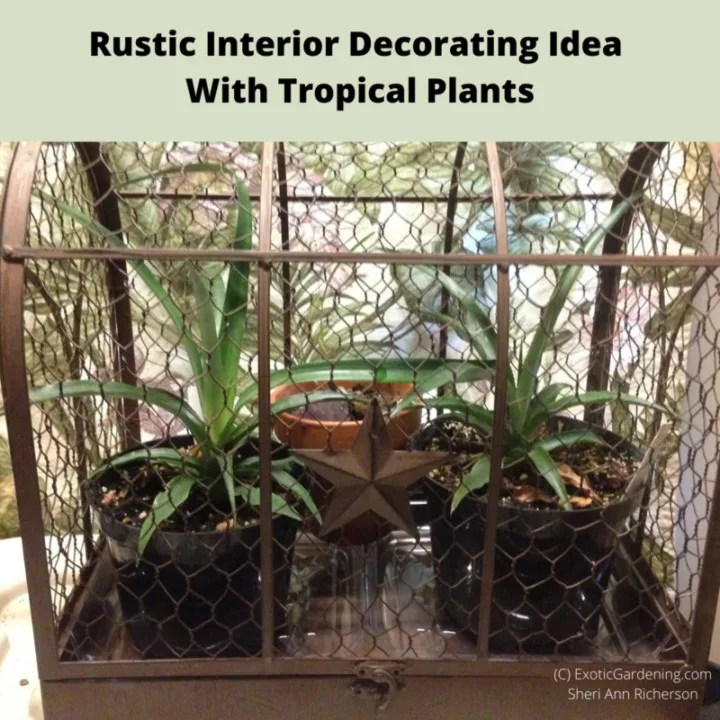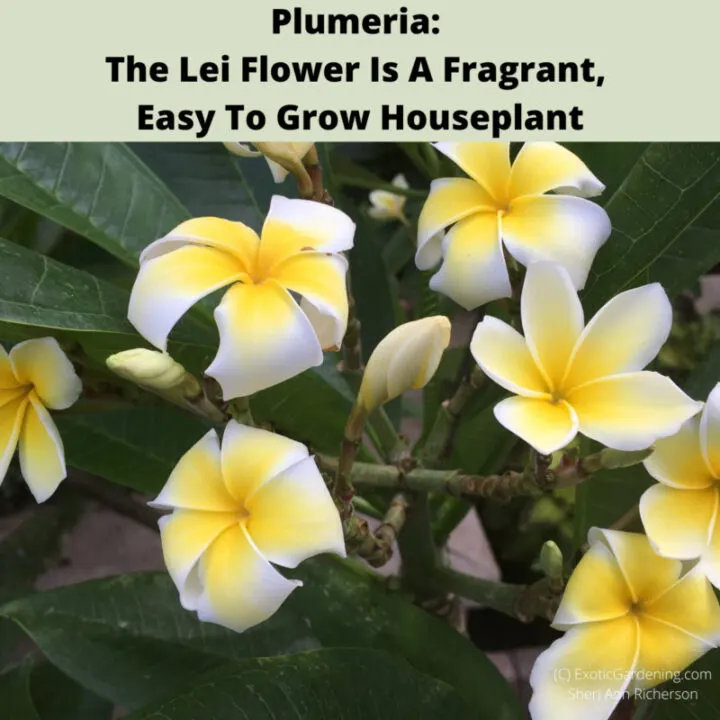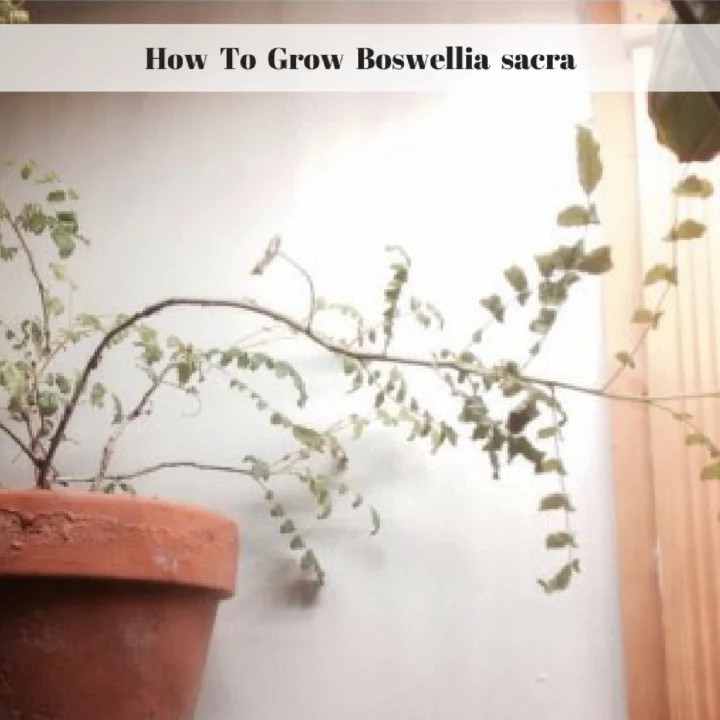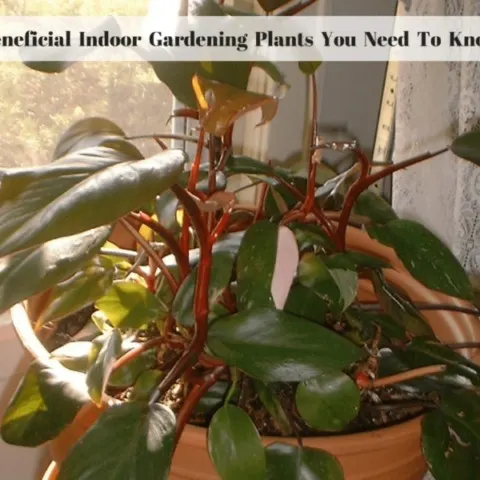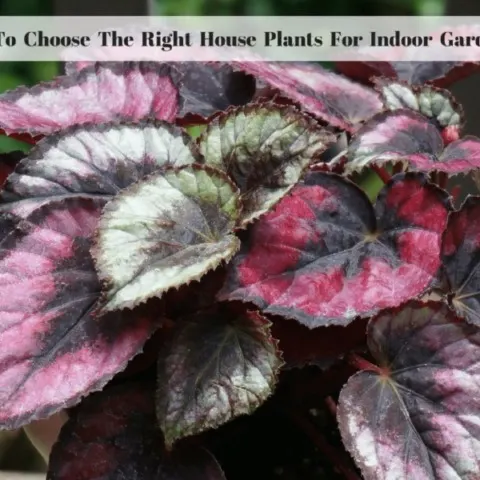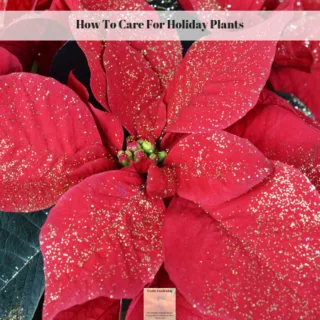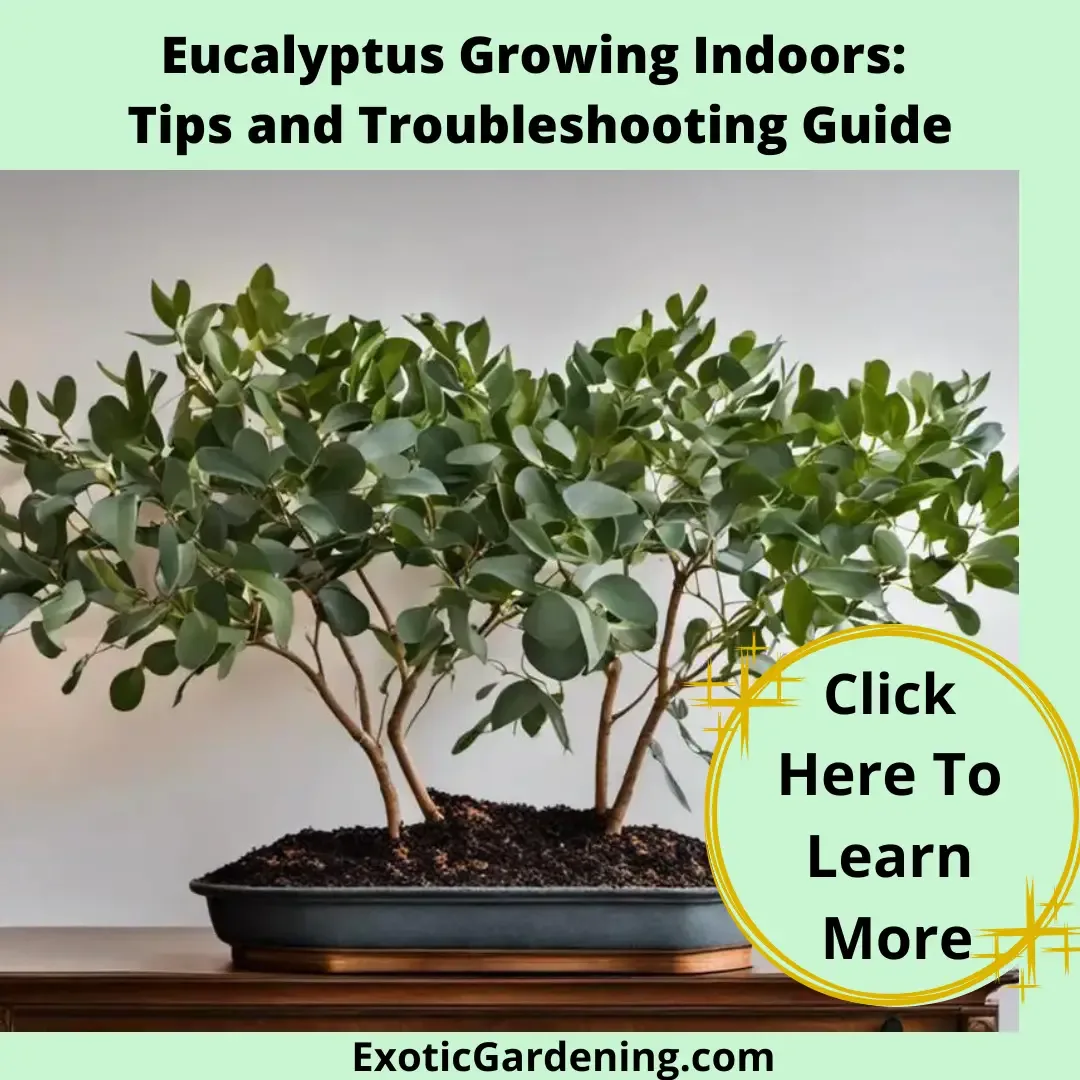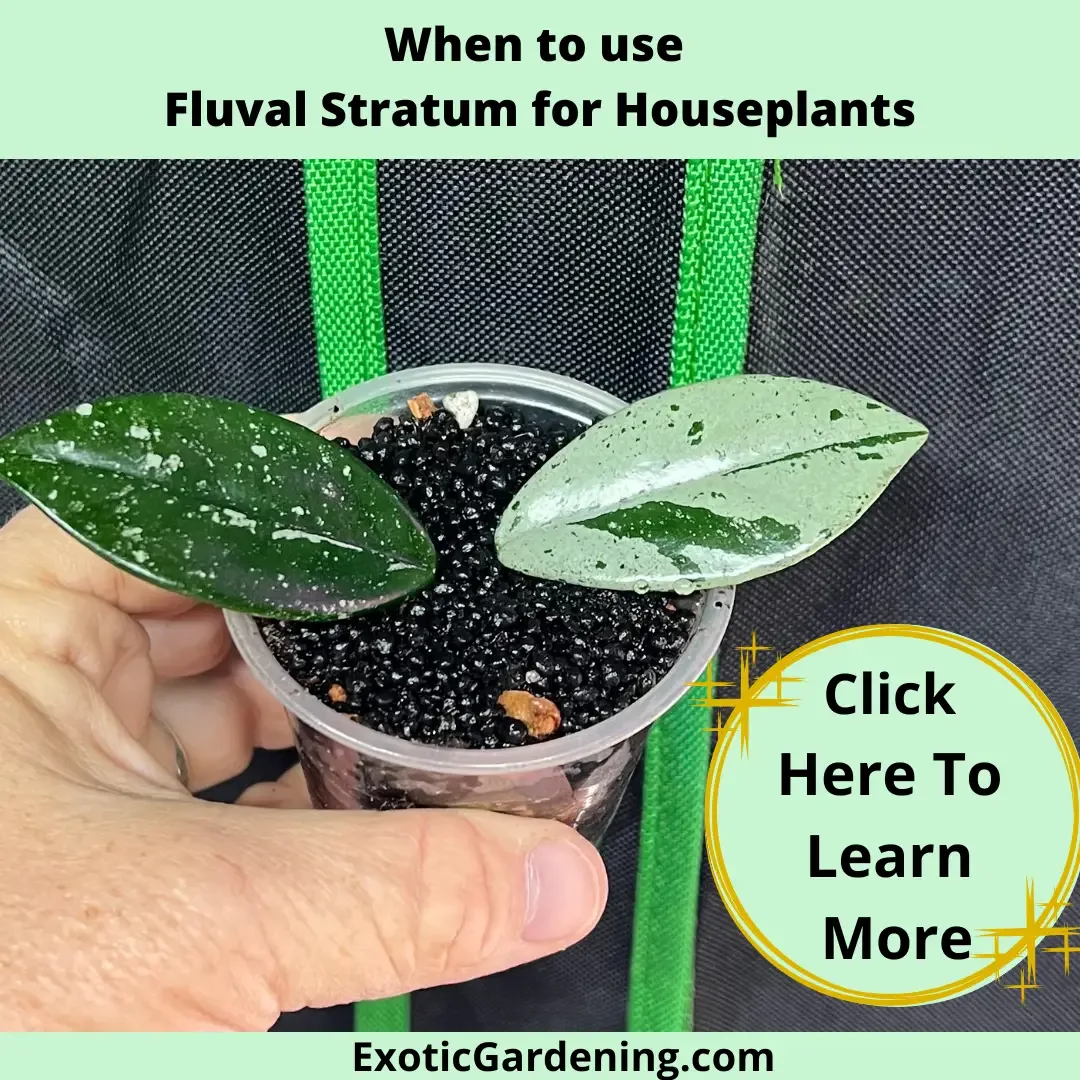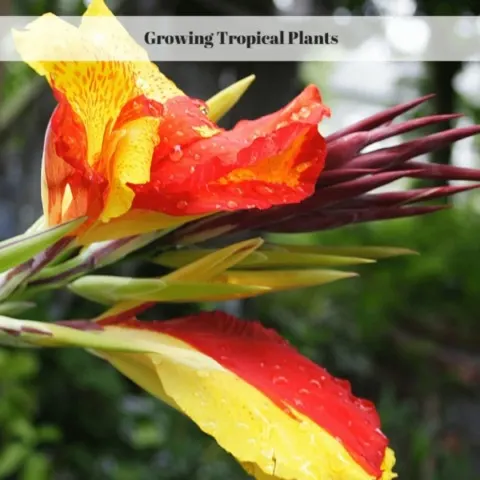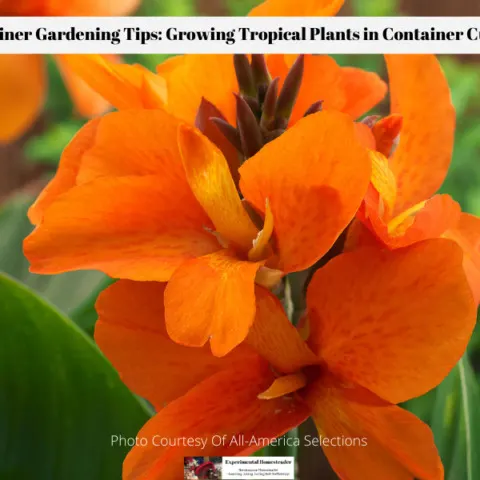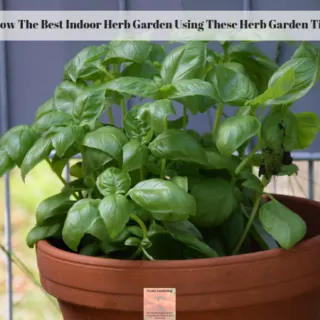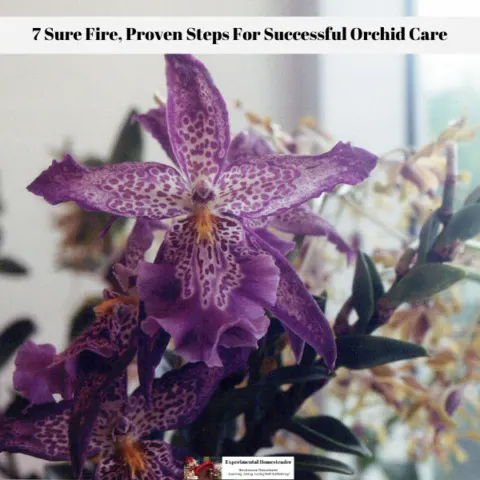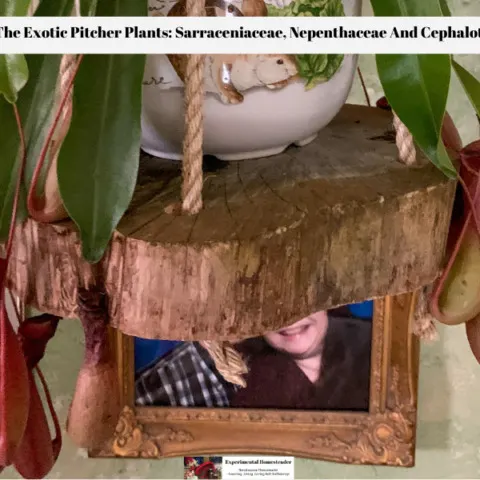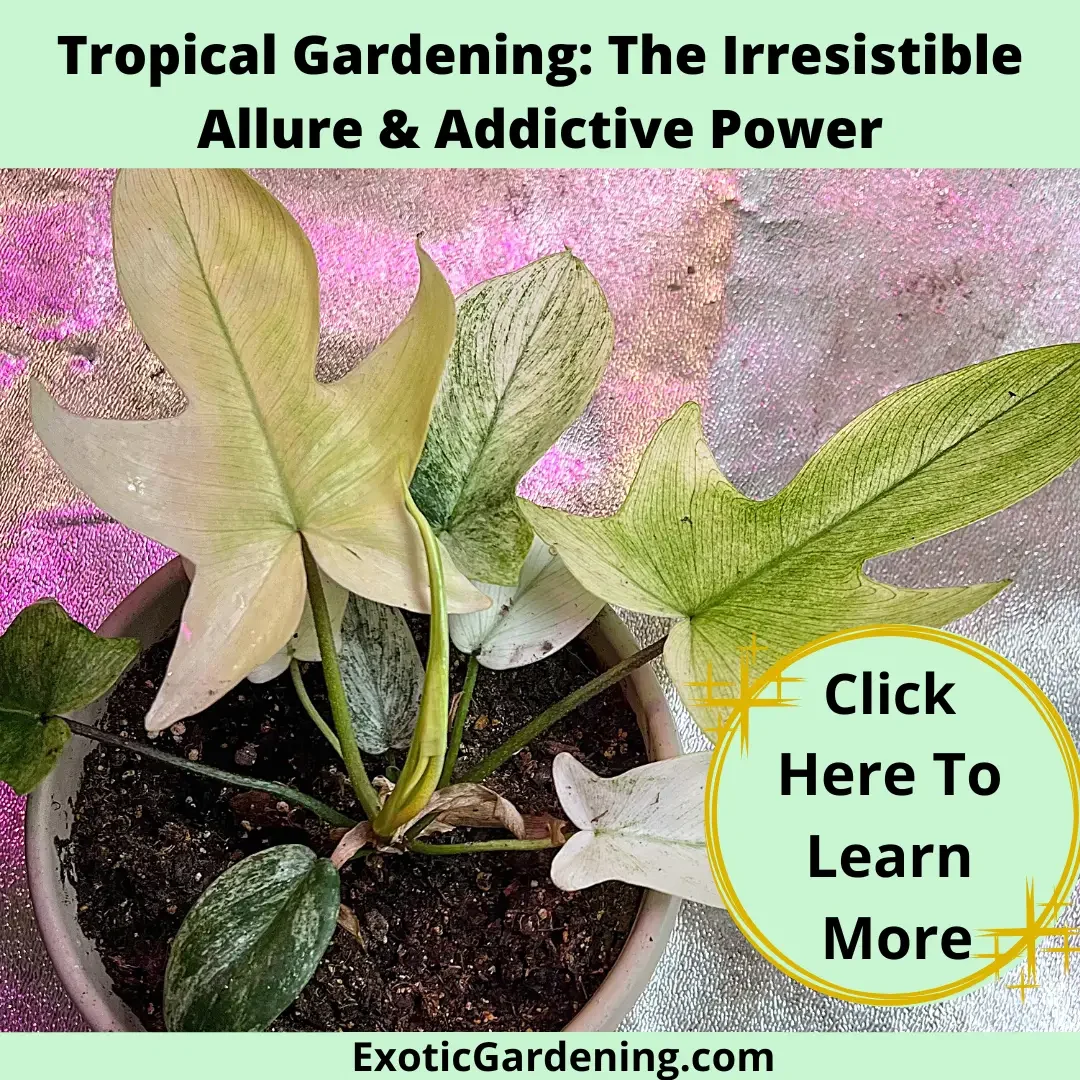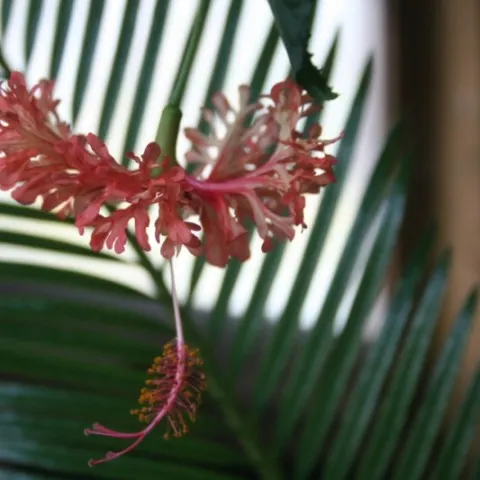Learning how to care for plants is the best way to learn how to grow healthy plants.
These six easy tips for house plant care are a great starting point.
Each plant has its own individual needs so read the care tags carefully, follow a plant maintenance schedule and your houseplants are sure to flourish.
In addition to these six easy plant care tips, there are links to products I recommend from companies I have a referral relationship with.
I will be compensated if you make a purchase after clicking on my links.
Proper Watering Is Essential To Plant Health
A watering can is a must-have in every home and garden where live plants are growing.
It is recommended that you purchase one with a narrow spout to ensure adequate watering.
However, even with adequate watering plants can receive too much or two little water depending on a number of factors such as soil temperature, root mass and watering frequency, so the finger test may come in handy.
Insert your index finger into the soil near the center of the pot up to the first joint.
If you feel that the soil is damp, don’t water it.
If the soil is dry, go ahead and give the plant a through watering.
Most houseplants unless they are from a rainforest region do not need to sit in water so go ahead and use saucers under their pots, but dump the excess water out of the saucer 10 to 15 minutes after you water the plant.
Fertilizing Houseplants
Foliage plants prefer a fertilizer that is high in nitrogen.
For flowering plants a phosphorus-rich organic fertilizer is needed.
Fertilizers such as the slow release ones can be mixed with compost and applied as a top dressing or mixed right into the soil.
However, some plants like cacti and orchids need special fertilizers at specific times such as when they are in flower.
Feed plants during height of their active growth.
I prefer to not fertilize my plants at all during their rest period.
For most plants this is the winter months but there are exceptions.
Plants like the Christmas cactus or amaryllis need fertilizer during the winter months because this is their normal bloom season.
Learn How To Care For Plants By Providing Good Lighting
Plants like Sanseveria and Aspidistra can handle darker areas of your home, so they can be placed away from a window.
Spider plants need semi-shade.
You can put plants like these near a window that does or does not get sunlight but it is best if the windows do not get direct sunlight as this could burn your plants delicate leaves.
Most houseplants have tags in them that say how much light they need.
In the event your houseplant does not have this tag look the plant up online.
In the event you do not know the plants name, here are some things to watch for to let you know if your plant is receiving the correct amount of light.
- Brown, burnt looking spots on the leaves often indicate too much light – or too little humidity in some cases.
- Plants whose leaves look more white than green are not getting enough sunlight unless the plant is supposed to have light colored leaves.
Temperature
Houseplants can survive in temperatures a little bit higher than 15 – 25 Celius or 55 – 75 Fahrenheit.
Plants prefer warmer temperatures during the day and cooler temperatures at night.
I try to keep my house plants room temperature around 65 degrees Fahrenheit in the daytime and 50 degrees fahrenheit at night during the winter months and they do fine.
Again, look at the tag if at all possible and see what temperature the plant prefers.
Keep in mind, this is only a guideline.
The key is to make sure to always keep your plants soil temperature at or above the minimum temperature requirements.
A specialized heat mat for plants can help with this.
Humidity
Some houseplants require a humid environment.
One tip to maximize humidity is to put the pot inside a larger pot and fill in the gaps with stones or compost to keep in the moisture.
Another tip is to place the pot in a saucer filled with pebbles covered in water.
Make sure the water level is low enough that the pot is not sitting in water but rather on the pebbles.
Plants are capable of creating their own climate if grouped together.
If you want, you can spray them with water once or twice a day depending on the day’s temperature or run a humidifier in the room your plants are in but be sure to position it as close to your plants as possible.
Repotting Is An Important Part Of Learning How To Care For Plants
Plants require repotting for optimum growth but be sure you know the name of your plant as some plants must be repotted without root disturbance.
Another issue may be that the plants’ root system is too small to really need potted up into a larger container.
One way to check if your plant needs repotting is to turn it upside down.
Tap the pot to release the plant and check its roots.
If roots are all you see, then repot.
For plants that do not like root disturbance, allow the soil to dry slightly so it does not fall off the roots when you replant.
This can be tricky but I have successfully done it – and you can too.
You just need to learn the right way to care for your plants and in turn, you’ll reap the benefits.
You will not only have a garden that can add to your house’s beauty you also learn how to respect and nurture life in its varied forms.
While this article did focus on houseplants, the tips also apply to garden plants.
These are the basics of plant care.
Houseplants
Mastering South-Facing Window Plants: Expert Tips for Your Lush Oasis
Discover the secrets of success with South-Facing Window Plants in our comprehensive guide. Transform your space into a green haven.
Transform Your Cozy Corner with these Perfect Plants for Small Spaces
Discover the beauty of compact gardening with our guide on choosing and caring for plants for small spaces.
The Complete Guide to Philodendron Pink Princess Care
Introducing the Philodendron Pink Princess
Allow me to introduce you to the crown jewel of my botanical collection – the enchanting Philodendron Pink Princess.
This recent addition is nothing short of a horticultural masterpiece, captivating the senses with its breathtaking display of colors.
Imagine deep, luxurious burgundy leaves, each adorned with bold splashes of vivacious pink.
The contrast is nothing short of a visual symphony, a natural work of art that commands attention.
As I gazed upon it for the first time, I couldn't help but marvel at the sheer beauty and grace that this plant exudes.
If you've never had the pleasure of setting your eyes on a Philodendron Pink Princess, consider yourself in for a treat beyond compare.
It's more than a plant; it's a showstopper, a conversation piece, and a living testament to the wonders of the natural world.
This captivating botanical gem promises to be a source of endless fascination and admiration in any space it graces.
Spider Plant Light Requirements: A Key to Growth
Explore Spider Plant light requirements for thriving indoor growth. Learn key tips for optimal lighting conditions and vibrant greenery.
Rustic Interior Decorating Idea With Tropical Plants
Metal cages or even old bird cages filled with plants are a great way to add a rustic touch to your interior decor.
Plumeria: The Lei Flower Is A Fragrant, Easy To Grow Houseplant
Learn how to care for your Plumeria in ground and in containers. Because of the winter dormancy period it is ideal for summer containers.
Indoor Flowering Tropical Plants
There are a number of indoor flowering tropical plants that are easy to care for and bloom all winter long under the right conditions.
How To Grow Boswellia sacra
Boswellia sacra is the plant frankincense tears comes from. Learn how to grow the Boswellia sacra plant and what the various uses for it are.
Beneficial Indoor Gardening Plants You Need To Know
Learn about indoor gardening beneficial plants that are edible, help heal minor cuts or burns or those that help remove impurities from the indoor air.
How To Choose The Right House Plants For Indoor Gardening
Choosing the right plants for an indoor gardening environment is important for success. Many indoor gardening house plants are easy to care for.
How To Care For Holiday Plants
Have you ever wondered how to care for holiday plants such as the Poinsettia or the Christmas Cactus? If so, then check out this holiday plant care guide
Understanding and Treating Plant Blight: The In-depth Guide
Master treating plant blight with expert tips. Learn to protect your garden from this common threat. Essential insights inside.
Fall Tropical Plant Care: Transitioning Your Tropical Treasures in Autumn
Discover the secrets of successful Fall Tropical Plant Care. Learn how to transition your exotic plants for a thriving winter indoors.
Eucalyptus Growing Indoors: Tips and Troubleshooting Guide
Discover the art of eucalyptus growing indoors for year-round beauty and fragrant cut foliage in your flower arrangements.
When to use Fluval Stratum for Houseplants
Discover the perfect timing to use Fluval Stratum for houseplants and unlock vibrant growth in your indoor oasis. Learn more here.
How To Grow Bay Leaves Indoors
Discover the secrets of successful gardening with our guide on how to grow bay leaves indoors. Cultivate your own aromatic herb garden!
Tips For Making A Moth Orchid Last From Costa Farms
Successful orchid care is pretty easy once you understand the seven basic steps the plant needs to thrive in your home environment.
Meet The Exotic Pitcher Plants - Sarraceniaceae, Nepenthaceae And Cephalotaceae
Learn about the exotic pitcher plants known as Sarraceniaceae, Nepenthaceae And Cephalotaceae including how to propagate them.
How To Grow Marimo Moss Balls
Learn how to grow Marimo Moss Balls and how to care for a moss ball to keep it happy. A Luffy ball is a very low maintenance plant.
Tropical Gardening: The Irresistible Allure & Addictive Power
Unveil the Addictive Allure of Tropical Gardening – From Starter Plants to Care Tips. Dive into #TropicalGardening!
Variegated And Other Interesting Plants: Elevate Your Space with Nature's Painted Wonders
Explore the world of variegated and unique plants, adding vibrant beauty and intrigue to your indoor oasis.
Tropical Plants For Medium To High Light
Check out these awesome tropcial plants for medium to high light that make wonderful, easy to care for houseplants.
How To Grow Tropical Plants
Growing tropical plants - also known as houseplants - indoors is fun and enjoyable plus many of them clean the indoor of pollutants.
It is easy to grow exotic looking plants that produce tropical fruit and colorful flowers in a pot in your living room or office.
Many of these plants are easy to start from seed and I share with you five plants that I recommend for indoor growing.
I also share with you why growing your own tropical fruit saves money.
In this video you will learn:
How to bring tropical plants indoors at the end of summer
How to grow tropical plants indoors
How to protect and overwinter tropical plants outdoors in cold climates
How to propagate tropical plants
How to water tropcial plants
How to grow topical plants in a greenhouse

